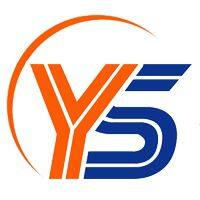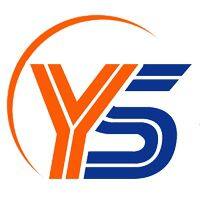-
 Liu
Hi there! Welcome to my shop. Let me know if you have any questions.
Liu
Hi there! Welcome to my shop. Let me know if you have any questions.
Your message has exceeded the limit.

YS383 Diaper Side-Leakage Tester: How Lab Data Ends "Leakage Crises"?
2025-07-25 09:05:25I. Pain Point: 90% Leakage Issues Stem from "Invalid Simulation"
Common pitfalls in diaper lab testing:
❌ Static test trap: Traditional vertical pressure only (e.g., GB/T 28004.1), ignoring dynamic penetration from baby rolling/sitting.
❌ Single-liquid limitation: Pure water tests fail to simulate real urine composition (salts/urea affect wicking speed).
Consequence: One brand faced 23% return rate due to undetected thigh leakage!
II. How YS383 Replicates Real-World Scenarios?
▶ Dynamic Liquid Penetration Simulation SystemTriaxial control technology accurately recreates complex scenarios:
Scenario | Device Action | Precision |
Baby side-leakage | 30° tilt injection + lateral pressure | Angle control ±0.5° |
Intermittent urine jet | Pulsed peristaltic pump (bladder sim) | Flow rate ±0.1mL/pulse |
Thigh friction | Pneumatic module compresses cuffs | Pressure ±5Pa |
▲ Real-time "Liquid Diffusion Heatmap" (see sample image)
▶ Multi-Factor Fluid Library6 customizable body fluid simulants:
Fluid Type | Composition | Test Purpose |
Newborn urine | 1.8% urea + 0.6% NaCl | Anti-crystal clogging verification |
Diarrhea simulant | Starch emulsion (35cP) | Cuff seal integrity |
Hypertonic night urine | 2.5% K₂SO₄ | Rewet measurement |
III. 4-Step Design Optimization with Critical Data
Step 1: Identify Leak-Guard Cuff Failure Threshold
YS383 Operation:
Gradually adjust cuff pressure (5~50N);
Inject 50mL simulant at 30° tilt.
Optimization Basis: At pressure < 18N, 80% liquid breaches cuffs within 120s (increase elastic density/adjust adhesive points).
Step 2: Diagnose Distribution Layer Flaws
Data Comparison:
Design | Liquid-to-core time | Side-leak rate |
Traditional linear | 8.2s | 17% |
Y-shaped distribution | 5.1s | 4% |
Step 3: Validate Absorbent Core Saturation Balance
Key Metrics:Lateral wicking speed (Std: ≥3cm/10s);Rewet (GB: ≤0.5g)
Failure Case: Uneven SAP distribution shown in heatmap → localized leakage.
Step 4: Material Compatibility Verification
Test 3-layer synergy:
Topsheet hydrophilicity (contact angle <70°)
Distribution layer basis weight (≥45g/m²)
Backsheet breathability (>800g/m²/24h)
▶ YS383 + Environmental Chamber: Test at 38°C/RH80% for 2 hours.
IV. How YS383 Cuts Costs & Boosts Efficiency?
▶ 50% Shorter R&D CycleCase: Elastic stretch rate optimized from 180% → 210% in 3 days via 200 auto-tests; leakage rate ↓12%→3%.
▶ 37% Lower Quality CostsMethod | Defect escape rate | Annual return cost |
Traditional | 8.5% | ¥2.3M |
YS383 simulation | 0.9% | ¥0.38M |
Auto-reports meet:
China: GB/T 28004.1-2021
EU: EN 14387
North America: EDANA ERT 150.0-02
V. Technical Highlights
Module | Innovation | Breakthrough |
Multi-angle platform | 0-90° tilt (pneumatic lock) | World's 1st sit/lie/crawl simulation |
Smart fluid ID | Conductivity + pH dual sensors | Auto fluid recognition & standard match |
Leak alert | Auto-stop when boundary liquid >5mL | Prevents lab contamination |
Tags: Diaper side-leak test, absorbent core validation, YS383 detector

